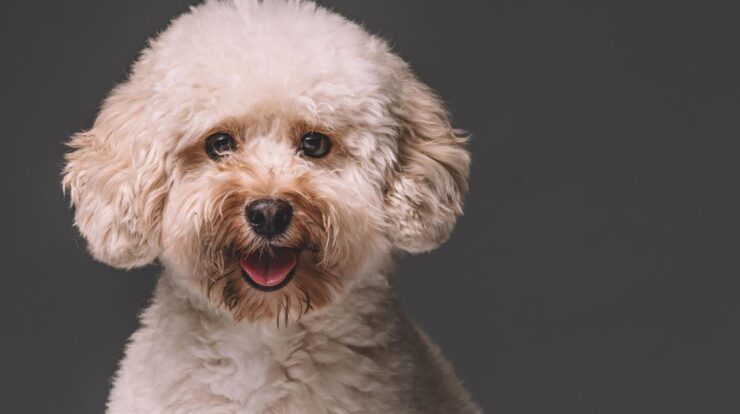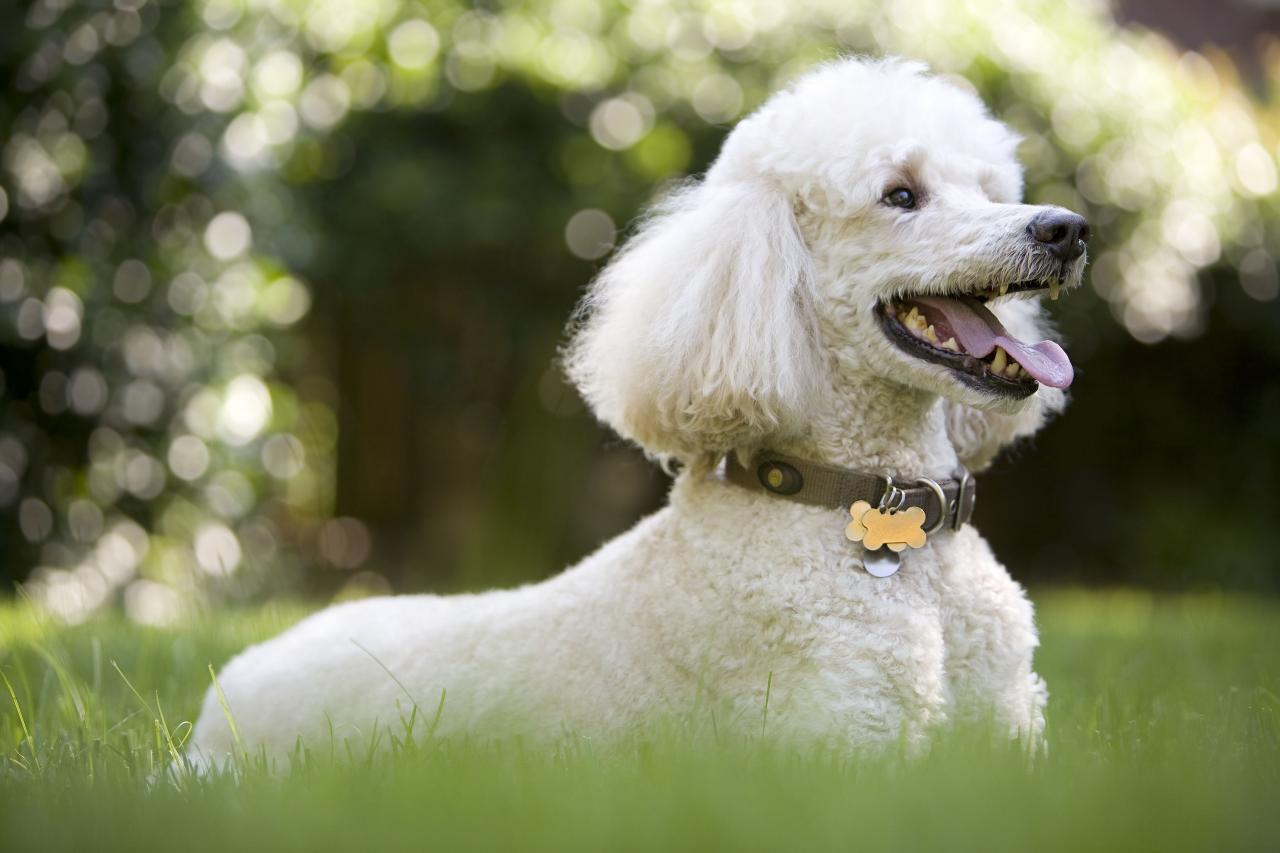
Poodle meaning – As the poodle takes center stage, this article delves into the etymology, physical characteristics, temperament, cultural significance, and health concerns of this captivating breed.
From its origins in ancient civilizations to its modern-day popularity, the poodle has left an enduring mark on human history.
Historical Origin of the Term “Poodle”

The etymology of the word “poodle” is uncertain, with several theories proposed. One theory suggests it derives from the German word “pudel,” meaning “puddle,” possibly referring to the breed’s fondness for water. Another theory traces it to the Dutch word “poedel,” meaning “water dog.”
It’s also possible that the term originated from the Polish word “pudel,” which translates to “fluffy.” The breed’s origins are equally debated, with some historians believing it originated in Germany, while others propose France or Russia.
Possible Origins of the Breed in Various Cultures
There are various theories about the origins of the poodle breed. One theory suggests that the poodle originated in Germany, where it was used as a water retriever. Another theory suggests that the poodle originated in France, where it was bred as a companion dog.
A third theory suggests that the poodle originated in Russia, where it was used as a sheepdog.
Physical Characteristics of Poodles

Poodles are distinguished by their distinctive physical traits. Their most striking feature is their dense, curly coat, which comes in a variety of colors, including black, white, gray, and apricot. Poodles have a square-shaped body with a high-set tail and long, slender legs.
They come in three sizes: standard, miniature, and toy. Standard poodles stand over 15 inches tall at the shoulder, while miniature poodles range from 10 to 15 inches, and toy poodles are under 10 inches tall.
Examples of Different Poodle Sizes and Coat Types
- Standard Poodle:Over 15 inches tall at the shoulder, with a dense, curly coat.
- Miniature Poodle:10 to 15 inches tall at the shoulder, with a dense, curly coat.
- Toy Poodle:Under 10 inches tall at the shoulder, with a dense, curly coat.
Temperament and Behavior of Poodles
Poodles are renowned for their intelligence, loyalty, and trainability. They are highly active dogs that require regular exercise and mental stimulation. Poodles are affectionate and playful companions, but they can also be protective of their family and territory. They are generally good with children and other pets, but early socialization is recommended.
Poodles in Popular Culture
Poodles have been featured in literature, film, and art throughout history. They are often depicted as sophisticated and elegant dogs, and they have been owned by many famous people, including Marie Antoinette and Winston Churchill. In popular culture, poodles have appeared in films such as “The Wizard of Oz” and “Toy Story,” and in television shows such as “Friends” and “Frasier.”
Poodle Grooming and Care: Poodle Meaning
Poodles require regular grooming to maintain their distinctive coat. They should be brushed daily to prevent mats and tangles. Bathing is typically required every 1-2 weeks, and professional grooming is recommended every 4-6 weeks for trimming and shaping.
Importance of Regular Veterinary Care for Poodles
Regular veterinary care is essential for the health and well-being of poodles. Puppies should receive vaccinations and deworming, and adults should have annual checkups and vaccinations. Poodles are prone to certain health conditions, such as hip dysplasia and bloat, so it’s important to be aware of these issues and take preventive measures.
Poodle Health Issues
Poodles are generally healthy dogs, but they are prone to certain health problems. These include:
- Hip Dysplasia:A condition in which the hip joint does not develop properly, leading to pain and lameness.
- Bloat:A life-threatening condition in which the stomach twists, causing gas to build up and cut off blood supply.
- Cushing’s Disease:A hormonal disorder that can lead to weight gain, increased thirst and urination, and other health problems.
- Addison’s Disease:A hormonal disorder that can lead to weakness, lethargy, and vomiting.
- Eye Problems:Poodles are prone to certain eye problems, such as cataracts and glaucoma.
Importance of Preventive Measures, such as Vaccinations and Regular Checkups, Poodle meaning
Preventive measures, such as vaccinations and regular checkups, are essential for protecting poodles from these health problems. Vaccinations can help prevent infectious diseases, and regular checkups allow veterinarians to detect and treat health problems early on.
Outcome Summary
Whether admired for its intelligence, loyalty, or distinctive appearance, the poodle continues to captivate hearts and minds worldwide. This exploration of its history, characteristics, and cultural impact serves as a testament to the enduring legacy of this remarkable breed.
FAQ Resource
What is the origin of the term “poodle”?
The term “poodle” is believed to have originated from the German word “pudel,” meaning “to splash in water,” likely referring to the breed’s affinity for water.
What are the different sizes of poodles?
Poodles come in three recognized sizes: standard, miniature, and toy, ranging from 10 to 24 inches in height.
Are poodles hypoallergenic?
Yes, poodles are considered hypoallergenic due to their low-shedding, single-layer coat.
What are common health issues associated with poodles?
Poodles are prone to certain health conditions, such as hip dysplasia, eye problems, and Addison’s disease.
What is the average lifespan of a poodle?
The average lifespan of a poodle is between 10 and 18 years.





